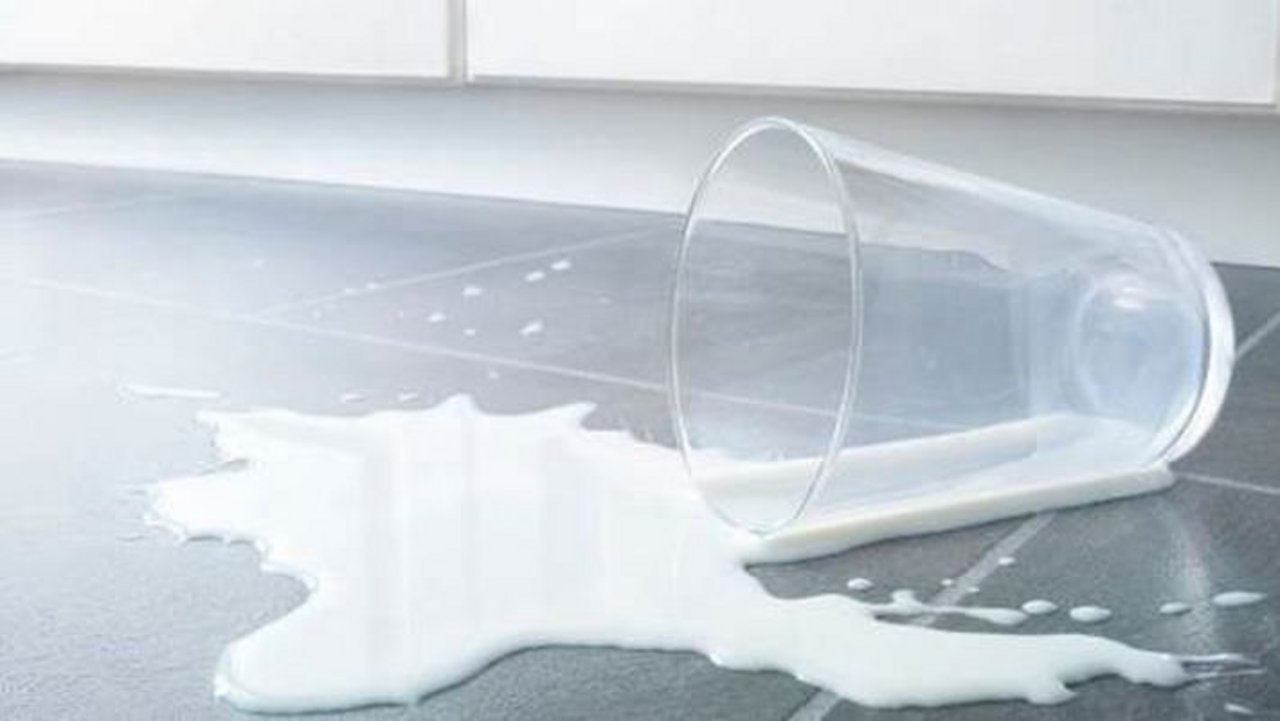Telegram channel YourMilkZanuda writes about this with reference to an article in the MilkPoint newsletter, which was prepared by Lorildo Aldo Stock and Jose Luis Bellini Leite and is based on IFCN data.
The global milk purchase price indicator, the IFCN index, which aggregates the prices of five major dairy producers, peaked in April and reached a historic value of $0.63/kg, for standardized milk ( 4.0% fat and 3.3% protein). In June, the price fell by 12%, closing at the level of USD 0.56/kg.
This reduction is caused mainly by the weakening of demand for dairy products in the world, especially from China.
Although milk production is declining, the demand for dairy products is also falling. This leads to a balancing of purchase prices, but the price of milk remains high compared to other years.
Dry and hot weather in Europe has not helped production in the current season, in addition, high production costs limit the supply of the product. On the demand side, higher inflation in Europe and the US with the possibility of a recession is limiting consumer purchasing power, holding back demand. Therefore, a significant increase in world prices for dairy products seems unlikely at the moment.
Oil, fertilizer and energy prices put pressure on production costs for agricultural activities. In general, world prices for fodder ( using the formula of 70% corn and 30% soybeans as a guideline), as well as for milk, remain significantly higher than the historical values of 0.22 USD/kg. The peak was in April — 0.40 USD/kg, and then it also began to decline.
The main limiting factors of milk production are:
adverse weather conditions;
new environmental standards ( especially in the case of Europe);
and high feed and energy costs.
In the case of Europe, environmental regulations may be the main factor behind the stagnation of milk production. Expected production for 2022 is lower than the previous two years, with reduced cow numbers. Although productivity per cow continues to increase every year, it is possible that from now on this increase will not be enough to compensate for the reduction in herds.
In the global scenario, high milk procurement prices are not a sufficient guarantee or incentive to resume growth in milk production.
Even if milk production recovers in 2022, the increase is expected to be modest or, more likely, close to the 2021 volume. The hot and dry weather conditions in New Zealand also have a negative impact on pastures and milk production.
In South America, the production situation also does not show an increase. In Brazil, milk production for processing fell 9.1% in the first half of 2021 compared to the same period in 2021, leading to higher prices. At this time, dairy imports are gaining momentum, and surpluses from Argentina and Uruguay tend to enter the Brazilian market in larger volumes.
